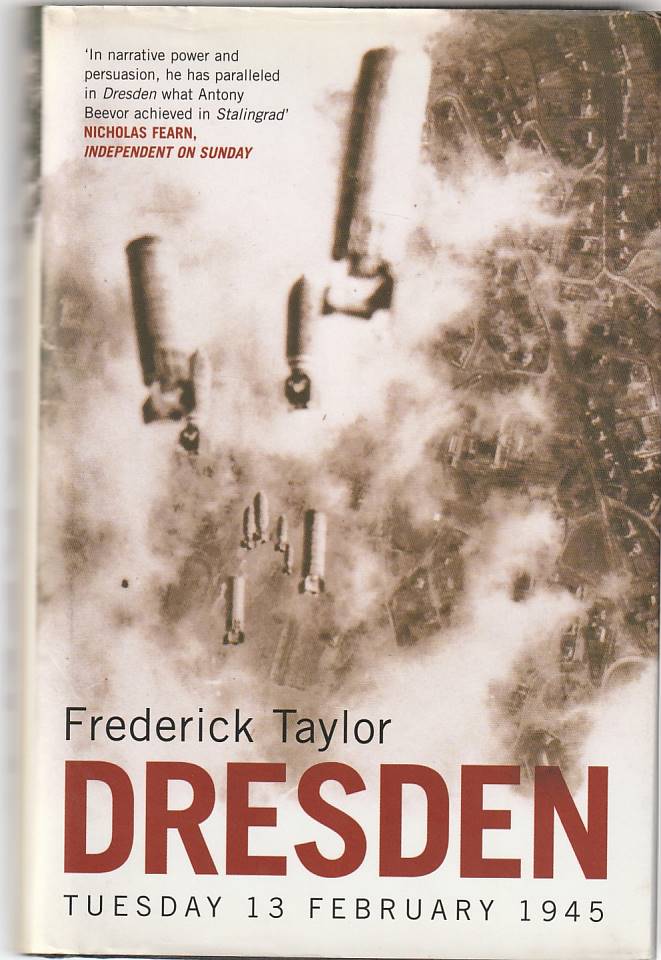
At 9.51 p.m. on Tuesday 13 February 1945, Dresden's air-raid sirens sounded as they had done many times during the Second World War. But this time was different. By the next morning, more than 4,500 tons of high explosives and incendiary devices had been dropped on the unprotected city. At least 25,000 inhabitants died in the terrifying firestorm and thirteen square miles of the city's historic centre, including incalculable quantities of treasure and works of art, lay in ruins. In this portrait of the city, its people, and its still-controversial destruction, Frederick Taylor has drawn on archives and sources only accessible since the fall of the East German regime, and talked to Allied aircrew and survivors, from members of the German armed services and refugees fleeing the Russian advance to ordinary citizens of Dresden.
 €10
€10
At 9.51 p.m. on Tuesday 13 February 1945, Dresden's air-raid sirens sounded as they had done many times during the Second World War. But this time was different. By the next morning, more than 4,500 tons of high explosives and incendiary devices had been dropped on the unprotected city. At least 25,000 inhabitants died in the terrifying firestorm and thirteen square miles of the city's historic centre, including incalculable quantities of treasure and works of art, lay in ruins. In this portrait of the city, its people, and its still-controversial destruction, Frederick Taylor has drawn on archives and sources only accessible since the fall of the East German regime, and talked to Allied aircrew and survivors, from members of the German armed services and refugees fleeing the Russian advance to ordinary citizens of Dresden.